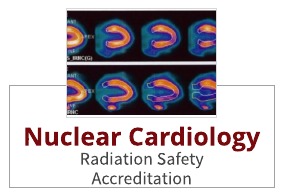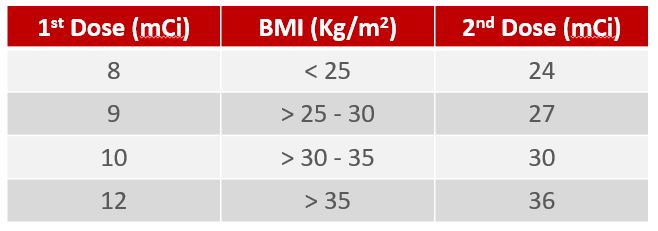Over the next few weeks, we will focus on Nuclear Cardiology. Effective 2017, the Intersocietal Accreditation Commission implemented updated Nuclear Accreditation Guidelines. Also, the American Society of Nuclear Cardiology released updated guidelines (2016) for SPECT nuclear cardiology procedures. These standards focused on patient-centered stress protocols and radiation safety.
Let’s review some of these changes to ensure your lab is compliant with both nuclear accreditation guidelines and ALARA radiation safety guidelines.

Are you currently performing the required quality improvement measures to meet the IAC (ICANL) Nuclear Accreditation Guidelines? In a previous blog, we provided details regarding each of the mandated QI measures:
Knowing what is required is one thing…finding the time is another! What’s the easiest way to complete these measures while ensuring quality? In the upcoming weeks, we will spend some time breaking down each component of the QI program. We will provide you with tips and answer these questions:

A large part of accreditation is about ensuring patient safety. We recommend you review our previous blogs. These blogs provided detailed information regarding the updated ALARA and radiation safety guidelines:
When calculating weight-based dosing, ASNC recommends the following:

Note: The 2nd dose is three times the amount of the 1st dose.
This week’s blog was a review of previous information on nuclear accreditation guidelines and radiation safety. The intention was to lay the foundation for a deep dive into how to streamline the accreditation process. In future blogs, we will provide tips on completing your QI measures in a streamlined efficient manner.
 Judith Buckland, MBA, RDCS, FASE
Judith Buckland, MBA, RDCS, FASE
 Learn more: Nuclear Cardiology Quality Improvement Services
Learn more: Nuclear Cardiology Quality Improvement Services



Nov
2019